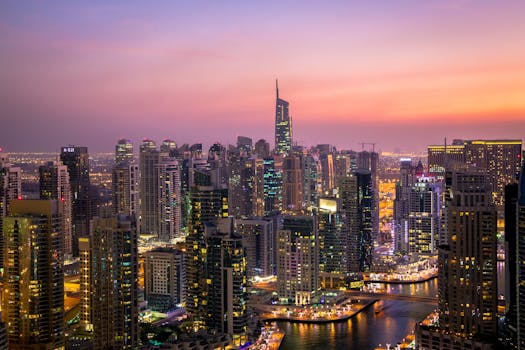
Saudi Arabia, the region’s largest economy, played a central role in this surge. Gross loans in the Kingdom grew by 3.7 percent quarter-on-quarter, the fastest growth in nine quarters, according to the latest data from Kamco Invest. The growth highlights the recovery of Saudi Arabia's banking sector, which has been buoyed by the country's push to diversify its economy under its Vision 2030 reform plan.
In Qatar, banks reported a 1.9 percent increase in loans, signaling a steady growth trajectory for the country’s financial institutions, despite global challenges. Meanwhile, Bahrain also experienced a positive uptick of 1.2 percent in lending, underscoring the broader regional trend of strong loan growth in the GCC.
The rise in lending is seen as a reflection of the improving economic conditions in the region. Oil prices, a key driver of GCC economies, have remained relatively stable, providing governments with the financial resources to invest in large infrastructure projects and public services. Additionally, private sector growth in sectors such as real estate, construction, and tourism has further fueled demand for credit.
While the positive growth is encouraging, experts caution that the trajectory of future lending will depend on various factors, including the potential impact of global economic shifts. Interest rates, inflation, and geopolitical uncertainties are all variables that could influence the pace of lending in the coming quarters. However, for now, the data suggests that banks in the GCC are well-positioned to maintain their lending momentum.
The banking sector's growth aligns with the broader economic trends in the region, as governments push for diversification away from oil dependency. Saudi Arabia's non-oil sector has shown robust growth, driven by increased investments in technology, entertainment, and manufacturing. These sectors, along with infrastructure development projects tied to the Kingdom’s Vision 2030, have spurred demand for financial products, including loans.
Similarly, Qatar's growth in loans comes as the country continues to invest heavily in its infrastructure, particularly ahead of hosting the 2022 FIFA World Cup, which continues to influence the country's economic development even post-event. With large-scale projects in construction and real estate, demand for loans in the country has remained strong.
Bahrain’s lending growth, although smaller compared to its Gulf neighbors, is still noteworthy. The Kingdom has focused on building a competitive financial services sector and improving its business environment, making it a hub for regional and international banking. The government's commitment to reforming its fiscal policy has also provided a favorable backdrop for banking growth.
The third-quarter growth in lending reflects a positive economic outlook across the GCC, with banks continuing to support the region’s diversification efforts. However, the landscape remains dynamic, and banks will need to navigate challenges such as fluctuating oil prices, changing global interest rates, and potential geopolitical tensions that could impact the region's economic performance.
Topics
Gcc
